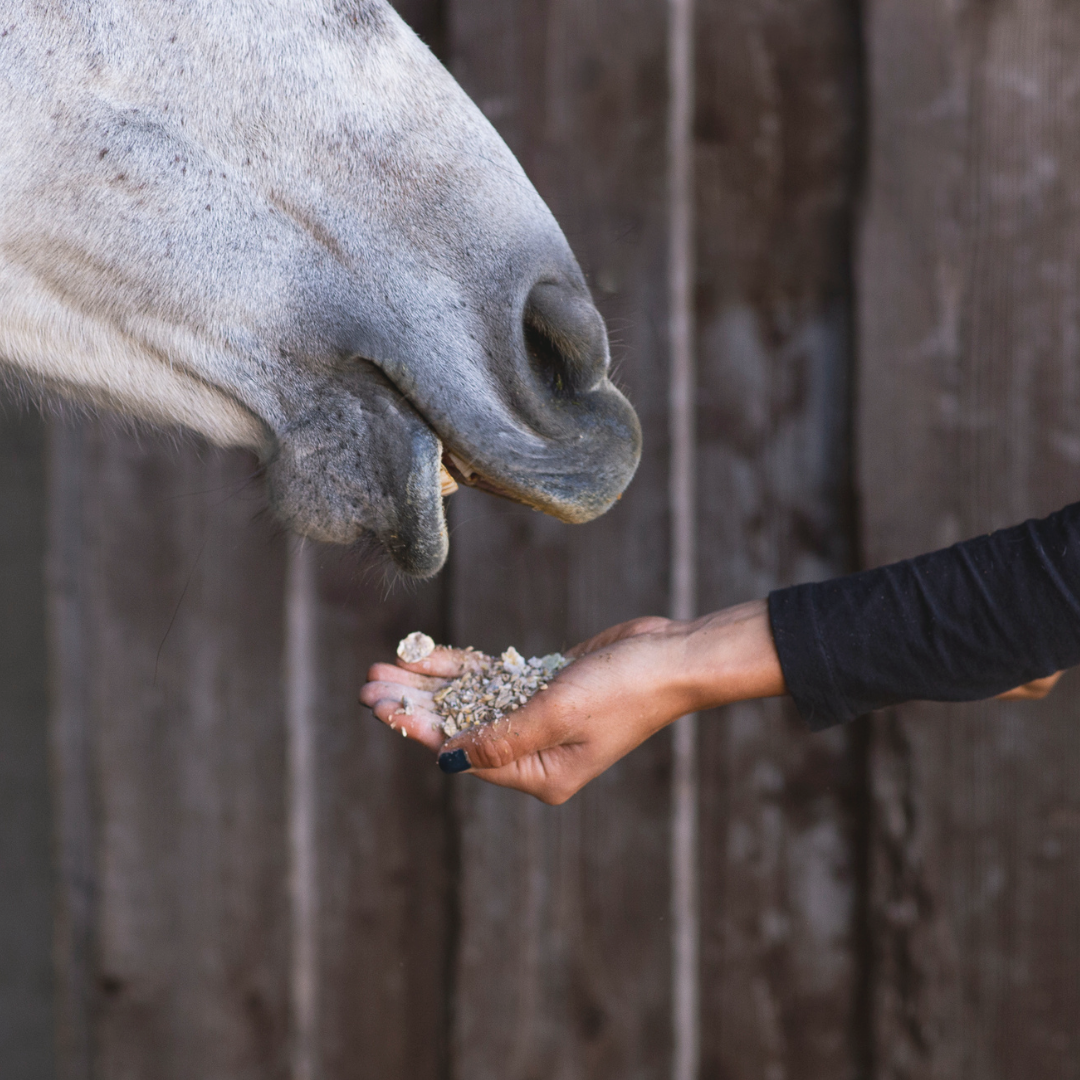Protecting Your Horses During Drought – Key Tips for Healthy Pastures
Share

Droughts can pose challenges for pastures and horses alike. As grass dries up and weeds take over, maintaining horses' weight becomes a struggle without additional feed. Understanding the hidden dangers lurking in your fields is crucial for keeping your horses safe and healthy, even after the rain finally arrives. In this quick read, we'll explore why pasture quality matters and provide practical steps to safeguard your horses' well-being.
The Hidden Dangers and Their Impact
Drought stress can lead to various problems for horses, including laminitis, colic, diarrhea, and toxic weed consumption. It's not solely the lack of grass and abundance of weeds – these other factors can pose serious risks to your equine companions.
Understanding Carbohydrate Changes

Contrary to popular belief, the color of grass doesn't determine its nutritional value. During droughts, while dead grass loses some nutrients, others remain in the plant, resulting in pastures with higher levels of non-structural carbohydrates (NSCs). These NSCs encompass sugars, starch, and fructan.
Due to stress associated with a drought, cool season grasses tend to accumulate sugar and fructan. The imbalance between sugar production and growth due to water scarcity causes sugar levels to rise, triggering the formation of fructan, a storage form of carbohydrates. Fructans can potentially trigger laminitis in susceptible horses.
Rapid Changes After Rainfall

When rain finally arrives and stimulates new growth in your pasture, rapid changes in carbohydrate composition occur. These sudden changes can affect your horse's digestion or even lead to metabolic issues in horses with glucose metabolism problems. Digestive upsets, laminitis, and other health problems for horses can arise. Additionally, bacterial populations in the hindgut can shift rapidly, impacting fermentation and can produce harmful toxins.
Weeds in Drought-Stressed Pastures

During drought, as grass dries up, weeds with deep tap roots become the only green forage available. Surprisingly, these weeds can also accumulate sugar, starch, or fructan under drought stress. Horses might find them more appealing and start consuming them, even if they would typically avoid them when grass is lush.
Common weeds like dandelions, thistles, and chicory contain inulin, a type of fructan known to trigger laminitis. Furthermore, many plant toxins concentrate under drought conditions, causing digestive issues, mineral imbalances, photosensitivity, and harm to vital organs.
Obstructions from sand /soil

Sand ingestion is more common in pastured horses during drought conditions. Managing grazing behavior during drought is crucial for both horse health and pasture preservation. Horses can graze very low to the ground when moisture is lacking, increasing the risk of ingesting soil material. This poses hazards such as obstruction from stones, diarrhea, or sand colic if the soil contains a significant amount of sand. Preventive measures such as reducing sand ingestion and feeding psyllium products regularly may be beneficial.
Parasites

Sparse vegetation may lead horses to graze closer to latrine areas, increasing the risk of parasite transmission. It's essential to monitor grazing behavior and intervene when necessary to prevent these risks and preserve both horse health and pasture quality.
Managing heat stress

Horses primarily cool themselves through sweating, but during hot and humid weather, sweating may not effectively cool their bodies. Heat stress can lead to heat exhaustion or heat stroke, particularly when exercising horses. Monitor respiratory and heart rates, ride during cooler times of the day, and ensure adequate hydration and electrolyte replenishment to prevent heat-related issues.
_________________________________________
Protective Strategies for Horse Health
To ensure your horses remain healthy during drought and subsequent rainfall, follow these simple protective strategies:
- Provide supplemental protein and vitamins for pregnant or growing horses grazing drought-stressed pastures.
- Monitor your horse's pasture access and limit it if you notice symptoms like diarrhea or excessive gas, allowing them time to adapt to new carbohydrate levels.
- If your horse is sensitive to excess carbohydrates, test your pasture for NSC levels during droughts. Compare these levels with the NSC content of hay your horse tolerates well.
- If your pastures have high NSC levels, restrict pasture access and increase hay feeding. Ensure your horse isn't too hungry, so it doesn't resort to eating potentially toxic weeds.
- Exercise caution when the rain returns. Consider keeping horses in a dry lot for part of the day, using grazing muzzles, or using portable fencing to limit grazing until the grass reaches two to three inches in height. This allows the excess carbohydrates accumulated during drought to be used up by grass growth.
- Preventive measures such as reducing sand ingestion and feeding psyllium products regularly may be beneficial.
- Help prevent the risk of parasite transmission by monitoring grazing behavior and intervening when they graze too close to latrine areas.
- Prevent heat-related issues by monitoring your horses respiratory and heart rates, riding during cooler times of the day, and ensuring adequate hydration and electrolyte replenishment.
_________________________________________
Feel free to reach out with any questions you may have.


